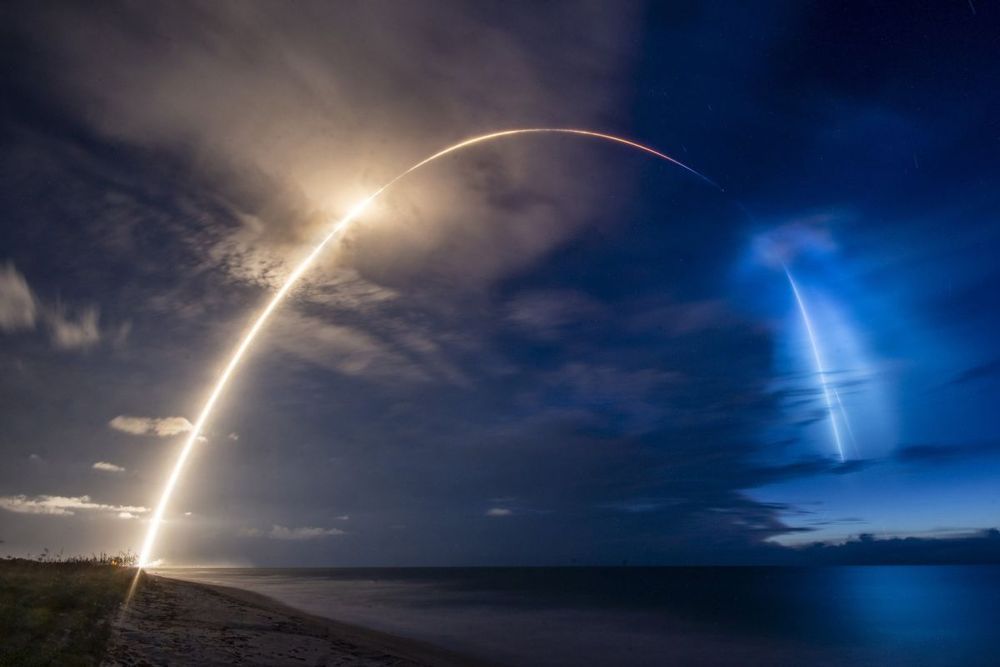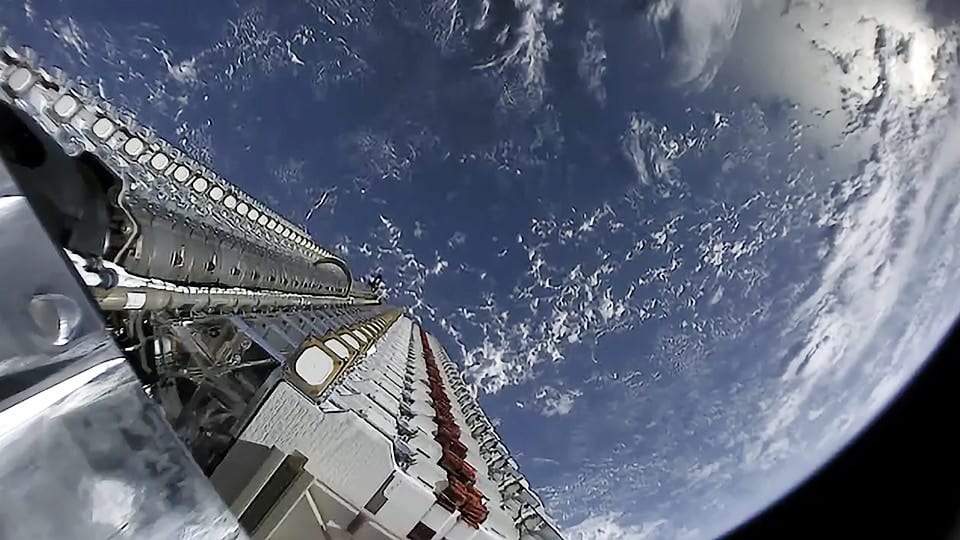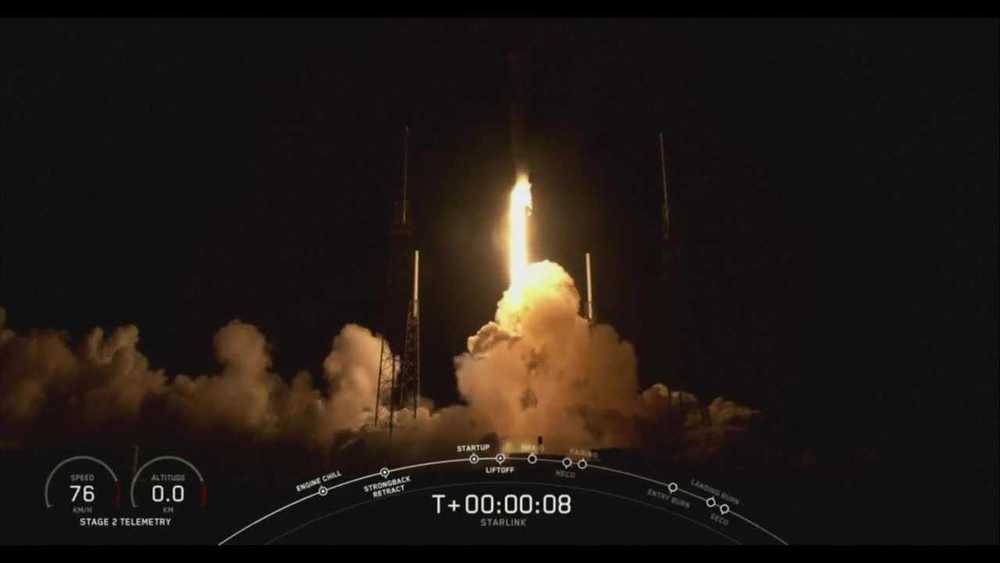Were they paratroopers with flashlights, satellites or, as Internet users point out, a flying saucer?
Category: satellites – Page 141


Here’s how to find out when Elon Musk’s SpaceX may provide you with satellite internet
SpaceX updated the website for its Starlink satellite internet project on Friday, as the company continues to move closer to its goal of offering direct-to-consumer broadband from space later this year.
“Get updates on Starlink news and service availability in your area,” the website reads, with a submission form for an email address and zip code. The form allows prospective customers to apply for updates and access to a public beta test of the Starlink service.


Scientists Find Speed Key to Protecting Astronauts and Satellites From Space Storms
Speed as important as size in predicting potentially damaging impacts of coronal mass ejections.
Space weather forecasters need to predict the speed of solar eruptions, as much as their size, to protect satellites and the health of astronauts, scientists have found.
Scientists at the University of Reading found that by calculating the speed of coronal mass ejections (CMEs) when they hit Earth, forecasters could provide more useful early warnings. This would help operators of critical infrastructure such as satellites know if they need to take evasive action or switch off systems to protect them, and warn astronauts when they need to shelter inside shielded parts of the International Space Station.

Smallest cavity for light realized by graphene plasmons
Miniaturization has enabled technology like smartphones, health watches, medical probes and nano-satellites, all unthinkable a couple decades ago. Just imagine that in the course of 60 years, the transistor has shrunk from the size of your palm to 14 nanometers in dimension, 1000 times smaller than the diameter of a hair.
Miniaturization has pushed technology to a new era of optical circuitry. But in parallel, it has also triggered new challenges and obstacles, for example, controlling and guiding light at the nanometer scale. Researchers are looking for techniques to confine light into extremely tiny spaces, millions of times smaller than current ones. Studies had earlier found that metals can compress light below the wavelength-scale (diffraction limit).
In that aspect, graphene, a material composed from a single layer of carbon atoms, which exhibits exceptional optical and electrical properties, is capable of guiding light in the form of plasmons, which are oscillations of electrons that strongly interact with light. These graphene plasmons have a natural ability to confine light to very small spaces. However, until now, it was only possible to confine these plasmons in one direction, while the actual ability of light to interact with small particles like atoms and molecules resides in the volume into which it can be compressed. This type of confinement in all three dimensions is commonly regarded as an optical cavity.
An incredible new SpaceX video shows what it’s like to be inside the nose cone of a Falcon 9 rocket launching Starlink internet satellites into orbit
After SpaceX’s eighth Starlink internet satellite launch, the company released a video of its Falcon 9 rocket jettisoning two $3 million fairings.
5 trillion bytes a day: SpaceX engineers flash some facts about Starlink satellites
SpaceX’s Starlink satellite constellation is still deep into testing mode, but it’s already generating 5 trillion bytes of data on a daily basis and getting software updates on a weekly basis.
Those are a couple of the nuggets coming from a weekend Reddit “Ask Me Anything” session featuring SpaceX’s software team.
The main focus of the online chat was SpaceX’s successful mission sending NASA astronauts Bob Behnken and Doug Hurley to the International Space Station in a Crew Dragon capsule — but one of the team members, Matt Monson, has moved on from Dragon to take charge of Starlink software development.
